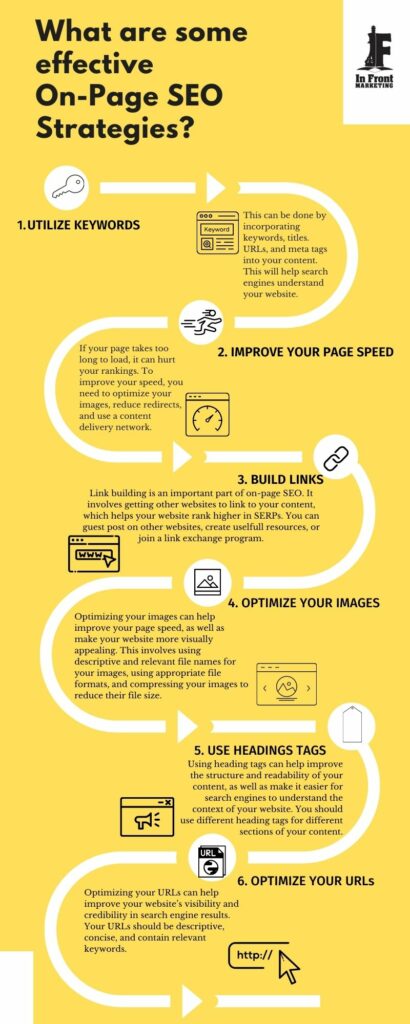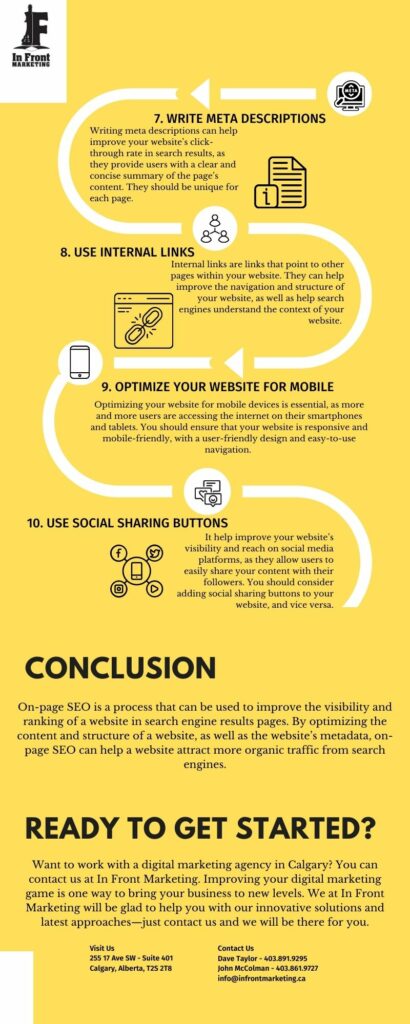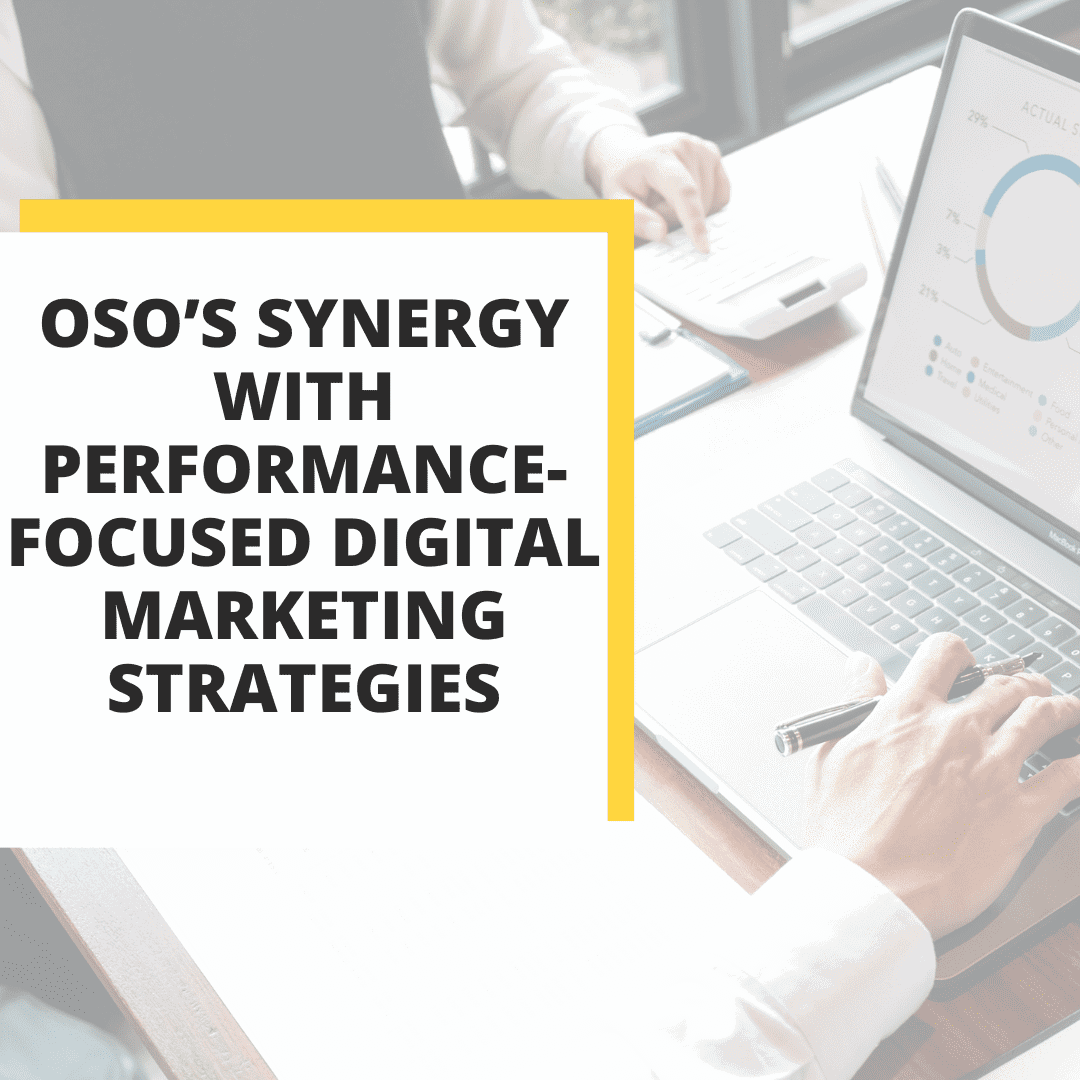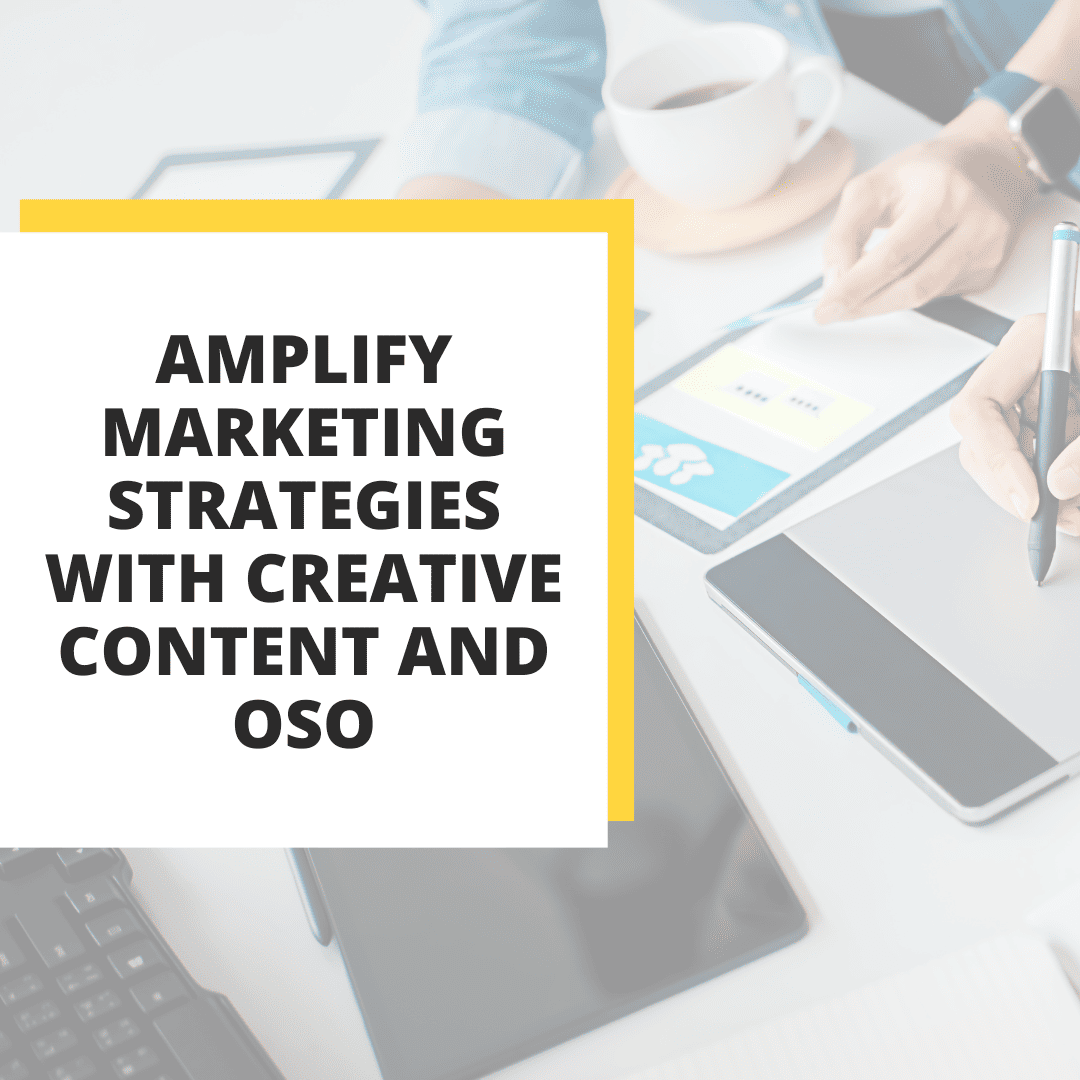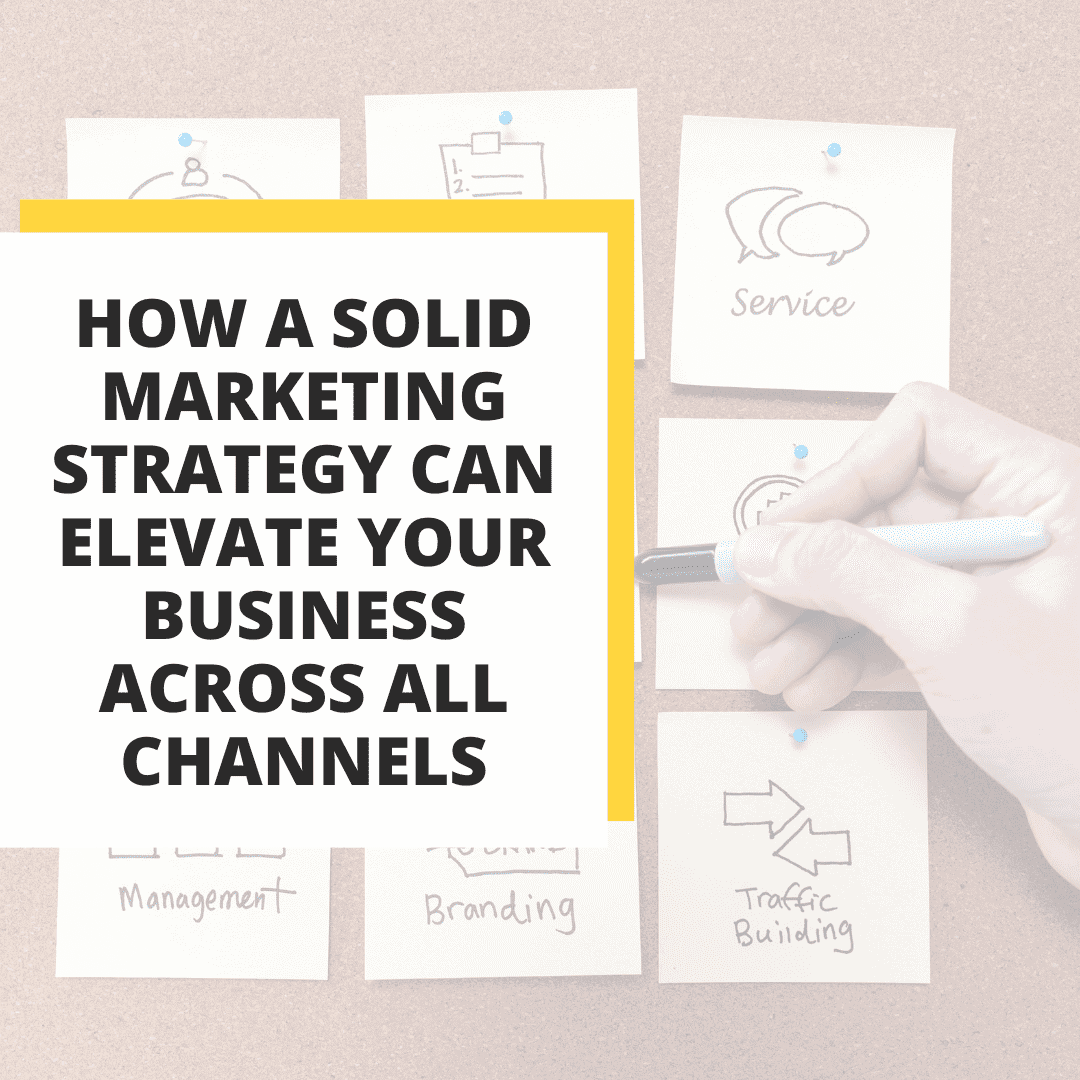The Importance of On-Page SEO for Your Website
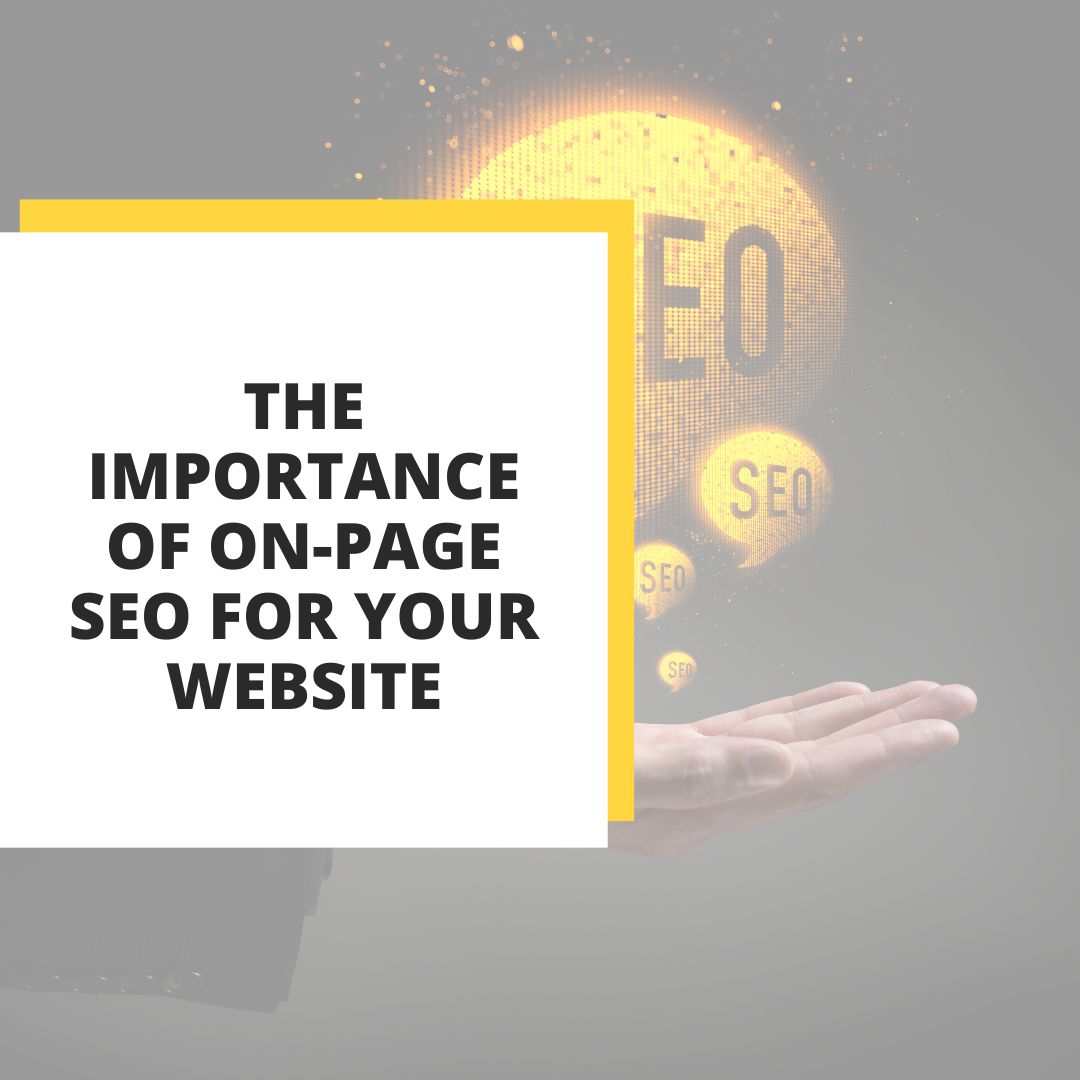
By optimizing the content and structure of a website, as well as the website’s metadata, on-page SEO can help a website attract more organic traffic from search engines.
On-Page SEO is a term used to describe the process of optimizing individual web pages to rank higher and earn more relevant traffic in search engines. This type of SEO focuses on optimizing a page’s content and HTML source code.
On-Page SEO involves optimizing the meta tags, titles, headings, URL structure, content, internal linking, and other elements that can help search engines better understand a website’s content and relevance. It also helps to ensure that your website is optimized for user experience and search engine optimization.
What Is the Importance of On-Page SEO?
The importance of on-page SEO cannot be overstated. Any website needs to optimize its on-page SEO to rank higher in search engine results, increase web traffic, and boost conversions. Here are just a few of the key advantages of on-page SEO:
1. Increased Visibility
By optimizing individual web pages for search engines, you can ensure that they appear higher in SERPs (search engine result pages). This will result in more people being able to find and access your website, increasing your visibility and reach.
One of the main advantages of on-page SEO is increased visibility. By optimizing individual web pages for search engines, you can ensure that they appear higher in SERPs. This will result in more people being able to find and access your website, increasing your visibility and reach.
To increase your website’s visibility, you should focus on using relevant keywords, optimizing your page titles and meta descriptions, and improving your website’s loading speed. You should also consider implementing technical SEO best practices, such as using header tags, optimizing your website’s structure, and ensuring that your website is mobile-friendly.
2. Improved User Experience
On-page SEO helps make your website easier to navigate and more enjoyable. For example, using keywords throughout your content can make your pages easier to find and read.
On-page SEO can also improve the user experience of your website. By optimizing your website’s content and structure, you can make it easier for users to navigate and find the information they are looking for. This includes using keywords throughout your content to make it easier to find and read, as well as optimizing your website’s layout and design to make it more visually appealing and user-friendly.
You should also consider the user experience of your website on different devices, as more and more people are accessing the internet on their smartphones and tablets. Ensuring that your website is responsive and mobile-friendly is essential for providing a positive user experience.
3. Better Rankings
Optimizing individual pages for search engine algorithms can improve your website’s overall ranking. This will help your website to be more easily found by potential customers.
Optimizing your website’s on-page elements can also improve your website’s overall ranking in search engine results. This will help your website to be more easily found by potential customers, increasing your chances of driving traffic and sales.
To improve your website’s rankings, you should focus on using relevant keywords throughout your content and meta tags, optimizing your website’s structure and navigation, and building high-quality backlinks from other websites. You should also consider implementing technical SEO best practices, such as using header tags and optimizing your website’s loading speed.
4. More Traffic
By increasing your website’s visibility, you can also increase your web traffic. This will result in more people visiting your site and engaging with your content.
Increased visibility and better rankings can lead to more traffic to your website. By attracting more visitors to your website, you can increase your chances of driving sales and revenue for your business.
To increase your website’s traffic, you should focus on optimizing your on-page elements and implementing effective SEO strategies. This includes using relevant keywords, optimizing your page titles and meta descriptions, and building high-quality backlinks from other websites. You should also consider implementing technical SEO best practices, such as optimizing your website’s loading speed and ensuring that it is mobile-friendly.
What Elements Are Involved in On-Page SEO?
The main elements of on-page SEO are page titles, meta descriptions, headings, content, and page URLs. Here’s a more detailed look at each of these elements:
- Page Titles
Page titles are the names of your web pages that appear in search engine results. They should be descriptive and relevant to the content on the page, as they help search engines understand the context of your website.
Page titles should be unique for each page, and they should contain relevant keywords to help improve your website’s ranking in search results. You should also aim to keep your page titles short, as long titles may be truncated in search results.
- Meta Descriptions
Meta descriptions are short snippets of text that appear below the page title in search engine results. They should include relevant keywords and give users an idea of what the page is about. Meta descriptions should be unique for each page, and they should be concise and to the point.
While meta descriptions do not directly impact your website’s ranking in search results, they can help increase your website’s click-through rate by providing users with a clear and concise summary of the page’s content.
- Headings
Headings are the titles of the various sections of a webpage. They should be descriptive and contain relevant keywords to help search engines understand the context of your website. Headings can be used to break up your content into logical sections and make it easier for users to read and understand.
There are several types of headings, including H1, H2, H3, and so on. The H1 heading is the most important, and it should be used for the main title of your page. The H2 heading is the second most important, and it should be used for subheadings.
- Content
Content is the most important element of on-page SEO, as it helps search engines understand the context of your website. Your content should be relevant, informative, and optimized for keywords
- Page URLs
Page URLs should be descriptive, concise, and contain relevant keywords. They should also be formatted for readability.
What Are Some Effective On-Page SEO Strategies?
When it comes to on-page SEO strategies, there are many techniques and tactics that you can use to help your website rank higher in search engine results. Here are some of the most effective on-page SEO strategies that you should consider implementing:
1. Utilize Keywords
One of the best on-page SEO strategies is to use relevant keywords throughout your website or blog. This can be done by incorporating keywords, titles, URLs, and meta tags into your content. Doing so will help search engines better understand the context of your website and improve your rankings in the SERPs (Search Engine Result Pages).
2. Improve Your Page Speed
Page speed is important for both user experience and search engine rankings. If your page takes too long to load, it can hurt your rankings. To improve your page speed, you should optimize your images, reduce the number of redirects, and use a content delivery network.
3. Build Links
Link building is an important part of on-page SEO. This involves getting other websites to link to your content, which helps your website rank higher in the SERPs. You can build links by guest posting on other websites, creating useful resources, and participating in link exchange programs.
4. Optimize Your Images
Optimizing your images can help improve your page speed, as well as make your website more visually appealing. This involves using descriptive and relevant file names for your images, using appropriate file formats, and compressing your images to reduce their file size. You should also consider using alt tags for your images, as they provide a text description of the image for users with visual impairments or for search engines that are unable to index images.
5. Use Heading Tags
Using heading tags can help improve the structure and readability of your content, as well as make it easier for search engines to understand the context of your website. You should use different heading tags for different sections of your content, and you should also consider using subheadings to break up your content into logical sections.
6. Optimize Your URL’s
Optimizing your URLs can help improve your website’s visibility and credibility in search engine results. Your URLs should be descriptive, concise, and contain relevant keywords. They should also be formatted for readability, with hyphens separating words and the most important words appearing at the beginning.
7. Write Meta Descriptions
Writing meta descriptions can help improve your website’s click-through rate in search results, as they provide users with a clear and concise summary of the page’s content. Your meta descriptions should be unique for each page, and they should contain relevant keywords and a call-to-action to encourage users to click on your website.
8. Use Internal Links
Internal links are links that point to other pages within your website. They can help improve the navigation and structure of your website, as well as help search engines understand the context of your website. You should use internal links to link related pages together, and you should also consider using anchor text to describe the content of the linked page.
9. Optimize Your Website for Mobile
Optimizing your website for mobile devices is essential, as more and more users are accessing the internet on their smartphones and tablets. You should ensure that your website is responsive and mobile-friendly, with a user-friendly design and easy-to-use navigation. You should also consider using Accelerated Mobile Pages (AMP) to improve your website’s loading speed on mobile devices.
10. Use Social Sharing Buttons
Social sharing buttons can help improve your website’s visibility and reach on social media platforms, as they allow users to easily share your content with their followers. You should consider adding social sharing buttons to your website, and you should also consider promoting your content on your social media channels to drive traffic to your website.
Conclusion
On-page SEO is a process that can be used to improve the visibility and ranking of a website in search engine results pages. By optimizing the content and structure of a website, as well as the website’s metadata, on-page SEO can help a website attract more organic traffic from search engines.
Want to work with a digital marketing agency in Calgary? You can contact us at In Front Marketing. Improving your digital marketing game is one way to bring your business to new levels. We at In Front Marketing will be glad to help you with our innovative solutions and latest approaches—just contact us and we will be there for you.
